Visiting Israel’s World Holocaust Center, Yad Vashem, on September 5, Italian Foreign Minister Giulio Terzi wrote in the memorial book a sentence of Italian writer and Holocaust survivor Primo Levi’s: “If understanding is impossible, knowing is necessary.”
A fuller quotation might have made Levi’s meaning a little clearer: “If understanding is impossible, knowing is imperative, because what happened could happen again.” Still clearer would be another rendering of the sentence: “If understanding is impossible, knowing is imperative, because what happened could happen again. Consciences can be seduced and obscured again.”
Yad Vashem was established in 1953 in the hope that Jews and the world would know everything that could be known about the Holocaust. Its findings have been displayed in Holocaust museums in many other countries, used by experts, and repeatedly cited by the media as conveying reliable, authoritative and proven truths. Its reputation for accuracy is seldom questioned. Worldwide, its judgments are generally regarded as accurate and thereby authoritative.
Yad Vashem has two main sections. First, there is the Hall of Remembrance, where the victims and their enormous sufferings are powerfully presented to visitors. There, what is impossible to comprehend seems to come alive in the hearts of all who visit the revered site and afterwards describe their experience.
The second section is the Memorial’s Museum, where visitors are shown exhibits dealing with the victims, heroes, perpetrators and bystanders — those who acted, failed to act or were incapable of acting in the years before and during the Holocaust. Here, the Memorial moves from honoring and remembering the victims to a much more descriptive — and, at times, controversial — perspective. Judgments are made, claims about history advanced, and partisan religious and political ideas are introduced which people of good will might disagree about.
It is these conflicting aspects of Yad Vashem which have troubled and distressed many visitors.
In a recent issue of the British weekly Catholic Herald (July 4, 2012), noted British Catholic commentator William Oddie recalled the very different feelings he had in passing from the Hall of Remembrance to the Museum: “Remembering the dead is what stays most powerfully with me. The Hall of Remembrance itself is a deeply moving space, whether you are Jewish or not. It is a numinous place, where voices are hushed and the awesome nature of what actually took place in the concentration camps [is] commemorated…. The Museum’s exhibits serve to inform and deepen the mood which the Memorial has induced…. but I found, as I moved through the Museum, that I was beginning to become uneasy…. I left the Hall of Remembrance deeply moved by the experience: I left the Yad Vashem Museum with the sense that my feelings had been politically used and manipulated.”
Associated with Yad Vashem are lecturers, educators and scholars who give classes, arrange programs and publish various works of scholarship. Unfortunately, even with such a corps of informed and influential experts, the Museum gives little evidence of having learned a number of essential facts concerning the Catholic Church and the Church’s response to the Holocaust. Almost incomprehensibly, it continues to present Pope Pius XII (1939-1958), one of the great rescuers of the Jewish people, in an ambiguous manner — after having spent years displaying inaccuracies about him.
These errors are all the more serious, given what is known about Pius XII. His life, conversations, speeches documents, gestures and chance remarks, both before and after he became Pope, have all been carefully studied by historians. His strenuous opposition to racism, totalitarianism, and anti-Semitism — and above all, his courageous response to Hitler and the Nazi Holocaust — have been abundantly documented.
And, more than 50 years after his death in 1958, the conclusion of leading Pius XII scholars is that he showed extraordinary concern for all the innocent victims of the War, especially persecuted Jews.
The most informed scholarly judgments today come very close to the conclusion of Israel’s Foreign Minister Golda Meir. On learning of Pius XII’s death in 1958, she said: “We share in the grief of humanity at the passing away of His Holiness, Pope Pius XII. In a generation afflicted by wars and discords, he upheld the highest ideals of peace and compassion. When fearful martyrdom came to our people in the decade of Nazi terror, the voice of the Pope was raised in compassion for the victims.
“The life of our times was enriched by a voice speaking out on the great moral truths above the tumult of daily conflict. We mourn a great servant of peace.” (Reuters, October 10, 1958)

January 17, 2010. Benedict XVI, during his visit to the main synagogue in Rome, greets Elio Toaff, the former chief rabbi of Rome (CNS photo).
If one limited research on Pius XII’s heroism only to Jewish authorities, the strongest possible case could be made in his favor. Among his Jewish supporters would be Cecil Roth, the foremost historian of the Jewish people during the 20th century; Dr. Joseph Lichten, an early and highly respected leader of the Anti-Defamation League; Jeno Levai, one of the first and greatest authorities on the Holocaust, and author of the book Pius XII Was Not Silent; Israeli diplomat Pinchas Lapide, whose work, Three Popes and the Jews, famously defended Pius XII; David Herstig, whose book, Die Rettung (The Rescue), documented Pius XII’s life-saving efforts; Dr. Jacques Adler, member of the anti-Nazi Resistance and author of The Jews of Paris and the Final Solution; Professor William Rubinstein, one of Europe’s premier scholars of anti-Semitism; Michael Tagliacozzo, the leading authority on the Nazi round-up of Rome’s Jews, and himself a survivor of it; Rabbi David Dalin, author of The Myth of Hitler’s Pope; Nazi-hunter Serge Klarsfeld; French pundit Bernard Henri-Levy; Paolo Mieli, director of the leading Italian journal Corriere della Sera; Sir Martin Gilbert, Winston Churchill’s official biographer and renowned expert on the Second World War and the Holocaust; and Robert M.W. Kempner, prosecutor at the Nuremberg War Crimes trials, and certainly a man in a position to know who assisted the Jewish community during its darkest hour.
This list does not even include the countless Jewish leaders, many religious, who praised Pius XII for his heroic work. Among the most important was Rome’s Chief Rabbi during the war, Israel Zolli. In his memoir, Before the Dawn, Zolli wrote movingly about the Church’s spiritual army and life-saving efforts, led by the Pope, against the Nazi war machine:
“There is no place of sorrow where the spirit of love of Pius XII has not reached,” Zolli wrote. “Volumes could be written on the multiform works of succor of Pius XII… There are no barriers, no distinctions. All sufferers are children of God in the eyes of the Church… No hero in history has commanded such an army; none is more militant, more fought against, none more heroic than that conducted by Pius XII in the name of Christian charity.”
These are extraordinary words. But because Zolli converted to Catholicism and wrote openly about his new-found faith, his story is considered too “sensitive” to bring up in Jewish-Catholic relations — even though his testimony corrects the misinformation about Pius XII’s pontificate which needlessly weighs down that important dialogue.
More acceptable, perhaps, would be the Jewish Virtual Library’s judgment. Their online site declares: “Rabbi Zolli is the most important non-Catholic witness to the role of Pius XII in wartime Italy during the Nazi occupation and persecution of Jews.” Yet Zolli’s witness would appear to be of no interest to Yad Vashem.
Nor does the witness of one of Zolli’s successors, the longtime Chief Rabbi of Rome, Elio Toaff, who is still alive at age 97 (born in 1915, he was 24 when the Second World War began). In 1958, Toaff, then 43, said upon Pius XII’s death: “More than any other people, the Italian Jews had experienced the great pity and supreme generosity of the Pontiff during the unhappy years of persecution and terror, when it seemed to them that they had no way to escape. His Jewish compatriots will everlastingly remember with gratitude the papal ruling to open the doors of convents and parish houses to them. The Jewish community is in mourning for the death of Pope Pius XII, and with sincere sentiments it raises its prayers to the Lord that He may grant his generous and chosen soul every beatitude.” (The Tablet of London, October 25, 1958)

In the home of Michael Tagliacozzo in Haifa, Israel, in 2008, Inside the Vatican editor Robert Moynihan talks with Tagliacozzo about his experiences in Rome, where he was born, during World War II. Tagliacozzo was in Rome on October 16, 1943, when the Gestapo began a dawn round-up of Rome’s estimated 10,000 Jews, but he avoided arrest and saved his life by escaping to the Lateran, where he spent several months as a guest until Rome fell to the Allies in June of 1944 (Inside the Vatican photo).
Summing up such extraordinary tributes, the Holy See’s 1998 document on the Holocaust, We Remember, recalled: “During and after the War, Jewish communities and Jewish leaders expressed their thanks for all that had been done for them, including what Pope Pius XII did personally or through his representatives to save hundreds of thousands of Jewish lives.”
Given this overwhelming evidence — and from the Jewish community itself — why has Yad Vashem been so reluctant to recognize Pius XII’s sympathy for, and many efforts to help, Jewish victims?
The Museum’s directors presumably knew the evidence existed. And the logic of Yad Vashem’s purpose for existing — to inform Jews and the world about the Shoah — would certainly require documenting these testimonies from Jews who were Pius XII’s contemporaries and knew him well.
Yet despite the most informed, objective, and impartial scholarship supporting Pius XII, from both Jewish and non-Jewish authorities, Yad Vashem chose instead to attack him. In 2005, it unveiled an exhibit which repeated the most discredited charges against Pius. And when the papal nuncio to Israel officially protested, in 2007, the Museum replied that Yad Vashem “presents the historical truth about Pope Pius XII as it is known to scholars today.” This statement is equivocal and inaccurate and not worthy of an institution which claims to be concerned with historical truth.
Not until July 1, 2012, did Yad Vashem finally admit that the scholarly consensus was in fact different, and revise the text of its offending exhibit by mentioning a few essential facts that are beyond dispute. [Click this link to reveal the old and revised texts, respectively.] The original 2005 text, echoing the anti-papal propaganda of Rolf Hochhuth’s play, The Deputy, and John Cornwell’s notorious Hitler’s Pope, accused Pius XII of appeasing the racist Nazi regime; of “silence” and passivity during the Holocaust; of suppressing a letter against racism and anti-Semitism by his predecessor (Pius XI); of not intervening against the deportation of Rome’s Jews; and of not issuing any moral guidelines to the Catholic faithful.
The revised text retains some of these inaccurate and unjust criticisms, but at least now includes the views of Pius XII’s supporters, placing them on equal footing. For example, against the charge of Pius XII’s alleged “silence,” the Museum now acknowledges that Pius XII condemned racial mass murder in his 1942 Christmas message. And the picture of a passive, indifferent Pope is now muted somewhat, with countervailing evidence that the Church, under his leadership, caused “a considerable number of secret rescue activities to take place.” Further, we are told that “the Pontiff offered encouragement to activities in which Jews were rescued.”
But the revision is still inadequate. Pius XII did not suppress statements Pius XI had drafted against racism and anti-Semitism — Pius XII took the best parts of those drafts and inserted them into his own first encyclical, Summi Pontifcatus (1939), a powerful indictment of Nazi racism issued at the very beginning of the war, and praised throughout the world.
Instead of claiming that the Pope “did not intervene” against the Nazi round-up of Rome’s Jews (in fact, he did intervene — privately, for strategic reasons), the new text now makes a subtle shift, stating that Pius XII “did not publicly protest” (emphasis added). But even this careful revision ignores the reality that Pius had already “publicly” condemned Nazi atrocities (in many addresses, not just his Christmas message) well before the German occupation of Rome, thus creating an atmosphere of rescue after it occurred. More importantly, if Pius had made his rescue interventions public, it would have destroyed their effectiveness, and very likely triggered the Nazis to invade Catholic institutions hiding those being persecuted, leading to the death of all of Rome’s Jews — an estimated 10,000 people. As it stands, Pius XII’s heroic actions saved the vast majority of Rome’s Jews. His impassioned private appeals and actions did, in fact, stop the Roman roundup. As a result, 85% of Rome’s Jews survived the Nazi occupation — an extraordinarily high survival rate.
The revised text ends by asking for “all relevant” archival material (in the Vatican and elsewhere) to become available, and concludes by saying “this topic will remain open to further inquiry.”

Father Graham with journalists Domenico Del Rio, Dominik Morawski and Robert Moynihan in front of the Vatican press office in the 1990s.
While the revision falls far short of what Pius XII deserves —namely, being honored as a leading opponent of Nazism and an outstanding rescuer of Jews — the Vatican’s nuncio in Jerusalem, Archbishop Antonio Franco, has described the change as “a step forward.” His successor, Archbishop Giuseppe Lazzarotto, is expected to continue Franco’s support for Pius and call for his complete vindication.
After the revision was announced, many commentators described the change as a mea culpa by the Museum. But Yad Vashem’s directors brushed aside that claim, saying the new statement is not so much a fundamental “change” as a better representation of the “complexity” of Pius XII’s wartime record.
Public relations aside, however, most observers recognize the revision for what it is — a small step in the direction of full and accurate scholarship. It’s far from adequate, but considering the glaring omissions and errors of the original text, it is something to build on.
The revision does partially correct the grave historical injustice expressed in the 2005 plaque. Even if Yad Vashem’s directors, for some inexplicable reason, are not yet ready to openly admit what impartial scholars have long recognized — namely, that Pius XII’s actions saved tens of thousands of Jewish lives — the July 1st revision is having some positive effects; and that is a relief given the distressing history of these events.
From the day the 2005 Pius exhibit was unveiled, informed visitors to the Museum could scarcely believe how inaccurate and one-sided it was. How, knowledgeable visitors asked, could such a respected institution as Yad Vashem, dedicated to carefully gathering and verifying every piece of evidence, get a matter of such importance so grossly wrong? There were, it should be noted, historians of stature who informed the Museum that it was wrong. In 2007, when the controversy came to a height, Sir Martin Gilbert expressed his concern, saying that the text against Pius XII was “distorted shorthand.”
The following year, a major symposium in Rome was hosted by Pave the Way Foundation, entitled “Examining the Papacy of Pius XII.” Scholar after scholar from Europe and the U.S. called attention to Yad Vashem’s inaccuracies on Pius, and appealed to the Museum to revise its exhibit. Nothing immediately transpired, but the impact of Pave the Way’s symposium sent a message to some at Yad Vashem that they were not operating according to the highest standards of their founding.
Two years later, in the spring of 2009, Yad Vashem invited a group of scholars — some favorable to the wartime papacy, others less so — to discuss the historical record of Pius XII. The results of that conference (soon to be published), along with other evidence submitted to Yad Vashem, finally persuaded the authorities to present more accurate views on Pius XII.
The first sign a change was in the works occurred when Dr. Iael Nidam-Orvieto, director of the Museum’s Department of the Righteous Among the Nations, published an article for the Yad Vahem Jerusalem Quarterly (January 2010). Entitled “New Research: Pope Pius XII and the Holocaust,” it summarized the opposition to Pius, but also recognized clear scholarly evidence that Pius XII was very supportive of endangered Jews. She wrote: “On the other side of the debate are those who argue that Pius’ speeches clearly referred to the Jews and their suffering, and claim that the varied rescue activities carried out by Catholic clergy throughout Europe is [sic] clear proof of the inspiration they received from the Pope.”

Archbishop Antonio Franco, retired papal nuncio to Israel. In 2007, he threatened not to take part in the annual Holocaust Memorial ceremony because of the exhibit’s caption against Pius XII.
The 2009 conference at Yad Vashem enhanced Pius XII’s reputation there. “Thanks to vast material recently opened to some researchers,” wrote Nidam-Orvieto, “new insights were presented as to refuge activities of the ‘righteous houses,’ suggesting a more direct involvement of the Holy See.” Further, “What is undeniable is that the new documentation enables scholars to better understand the Pope’s background and opinions vis-à-vis Nazism and anti-Semitism. Much clearer is his aversion to National Socialism, which he considered one of the worst heresies of the modern age.” Finally, the claim that Pius XII was insensitive (or worse) toward the Jewish community, “must be called into question.” In effect, Nidam-Orvieto was acknowledging that however much scholars may debate Pius XII, he was emphatically not “Hitler’s Pope.” Indeed, “Hitler’s deadly enemy” would be a far better description — especially when one considers his close contacts with the anti-Nazi Resistance, and his approval of a plot to overthrow Hitler (an aspect of Pius’ record not highlighted by Yad Vashem).
While the Museum’s revision of its Pius XII exhibit is certainly welcome, Yad Vashem’s explanation for the change leaves much to be desired. In a press release, the Museum stated: “In 2005, Yad Vashem opened its new Holocaust History Museum after more than a decade of work. The texts in the Museum were written based on the research available in the early years of the 2000’s.”
The Museum is trying to claim it was well-informed when its 2005 exhibit against Pius XII appeared, but has now changed it in light of new evidence. But, as previously mentioned, in 2007, well into the 2000’s, Yad Vashem was still maintaining that the anti-Pius exhibit was historically valid. So its recent press release contradicts its previous public statement on the issue.
Furthermore, documentary evidence that Pius XII spoke out against Nazi doctrines and mass murder and issued directives to save Jews was readily available long before 2005, and new archives and testimony have only added to that. The question that remains unanswered is this: When will Yad Vashem acknowledge its historical errors about Pius XII, and recognize him —without hesitation or qualification — as the outstanding rescuer he was?
Very compelling in this regard is the testimony of Holocaust scholar Michael Tagliacozzo. As mentioned, he is a survivor of — and the leading authority on — the Nazi round-up of Rome’s Jews. As such his witness carries particular weight and he always held Pius XII in the highest esteem. “My judgment cannot but be positive,” he said in an interview. “He did very much to hide and save thousands of us. It was no small matter that he ordered the opening of the cloistered convents. Without him, many of our own would not be alive.”
Of course, Yad Vashem is under pressure from relentless critics of the wartime pontiff to retain an anti-Pius stance. Even the Museum’s moderate change in favor of Pius has provoked critics to assail Yad Vashem’s directors, and accuse them, without evidence, of succumbing to the Vatican’s position. ( In fact, as mentioned, the Vatican wants them to go much further than they did.)
But Anna Foa, a prominent Italian scholar, has praised the Museum for moderating its stance. Yad Vashem’s original exhibit against him, she said, “was the outcome of a dogmatic and absolute judgment that disregarded the existence of a historiographical debate… The new caption paves the way for further changes… demonstrating that history is based on documents and interpretations, not on political prejudices… And those in charge at Yad Vashem, with this courageous gesture, have shown that they are completely aware of this.” Yes, but if they want to demonstrate even more courage, they might begin by examining the “political prejudices” that led to the campaign against Pius XII in the first place.
A profound bias first expressed itself toward the end of the Second World War and accelerated immediately afterwards. It was soon clear that Nazism having been defeated, a new world struggle had begun, and would take place between the Christian vision of man and the Communist one.
“In this case, legends grew,” writes Cambridge historian Owen Chadwick, and “propaganda fostered them — propaganda in the first instance by Stalin’s men in the Cold War, when the Vatican appeared to be part of the American anti-Communist alliance and Stalin wished to shatter the Pope’s reputation… Stalin had a political need to make this Pope contemptible.”
We now know that the Soviets assigned agents to concoct lies about the Church, depicting Pius XII as silent about the Holocaust, as pro-Nazi and indeed “Hitler’s Pope,” long before recent anti-papal polemicists repackaged black legends for an unwitting public. Indisputable documentation now establishes that the Communists were committed to destroying Pius’ reputation for their own political ends. At the time this campaign began, in the middle 1940s, it was reported by The New York Times and The Tablet of London, among other publications. The late Father Robert Graham, SJ, the Vatican’s leading political expert, analyzed the forces at work at this time in his book The Vatican and Communism During World War II: What Really Happened? Ronald Rychlak provides ample new documentation about the Communist war against the Church in his updated and revised work, Hitler, the War and the Pope. Most recently, General Ion Pacepa, a former high-level official in Romania’s Communist dictatorship — and the man almost single-handedly responsible for bringing down the Ceausescu regime — has detailed the Soviet plot to defame Pius XII. He and Professor Rychlak are about to publish a new work, Disinformation, that explores in depth the massive campaign launched by the Communists against Pius XII and the Catholic Church.
Up until now, Yad Vashem has ignored the Soviet campaign to defame Pius XII. Yet, by revising its Pius XII exhibit, Yad Vashem has already in this specific area taken a crucial step in admitting its lack of knowledge. It has done much essential and valuable educational work on the general facts of the Holocaust, and can now do more by fully and accurately dealing with Pius XII.
Why is it imperative that Yad Vashem do this?
Because: “If understanding is impossible, knowing is imperative, because what happened could happen again. Consciences can be seduced and obscured again.”






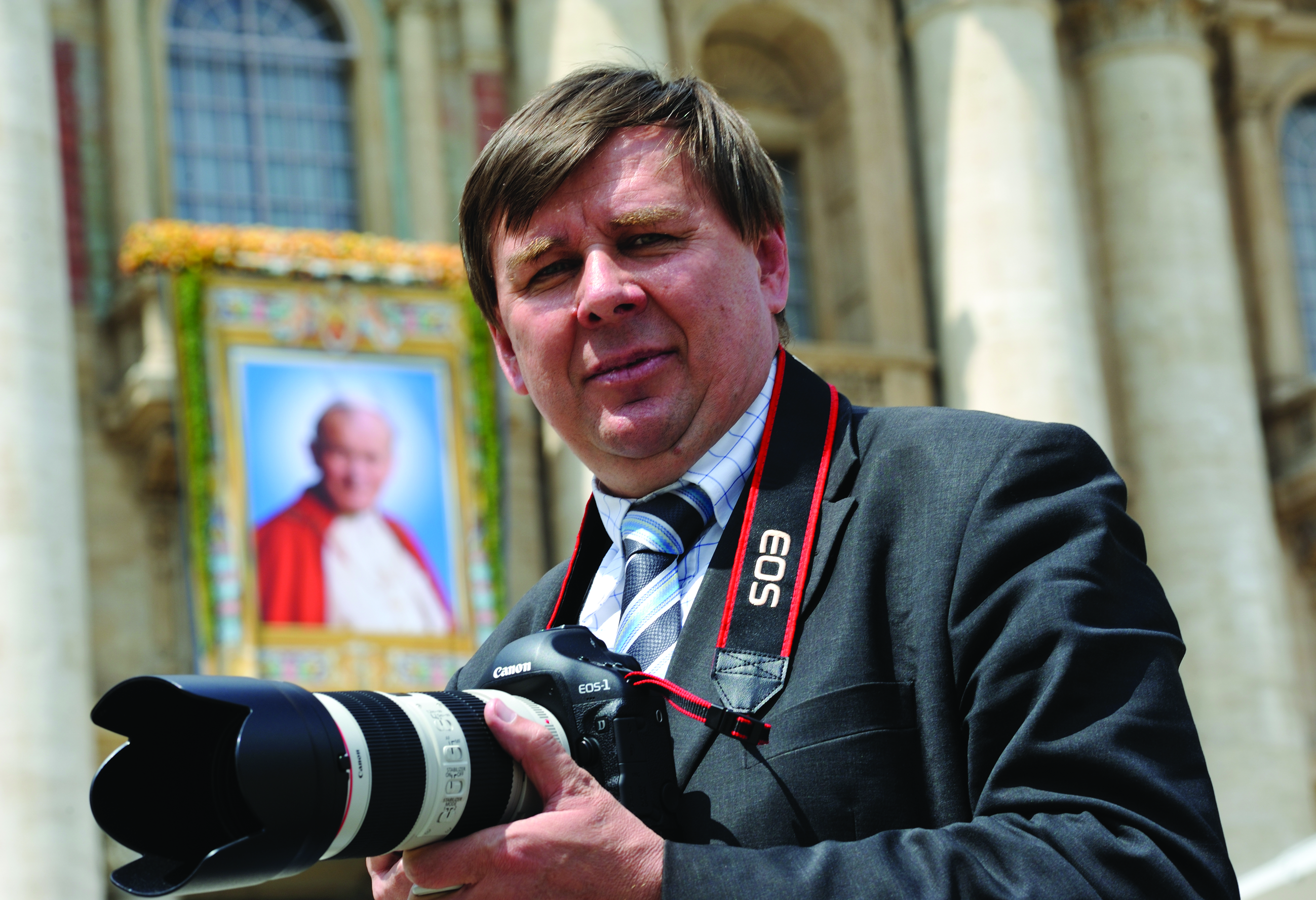
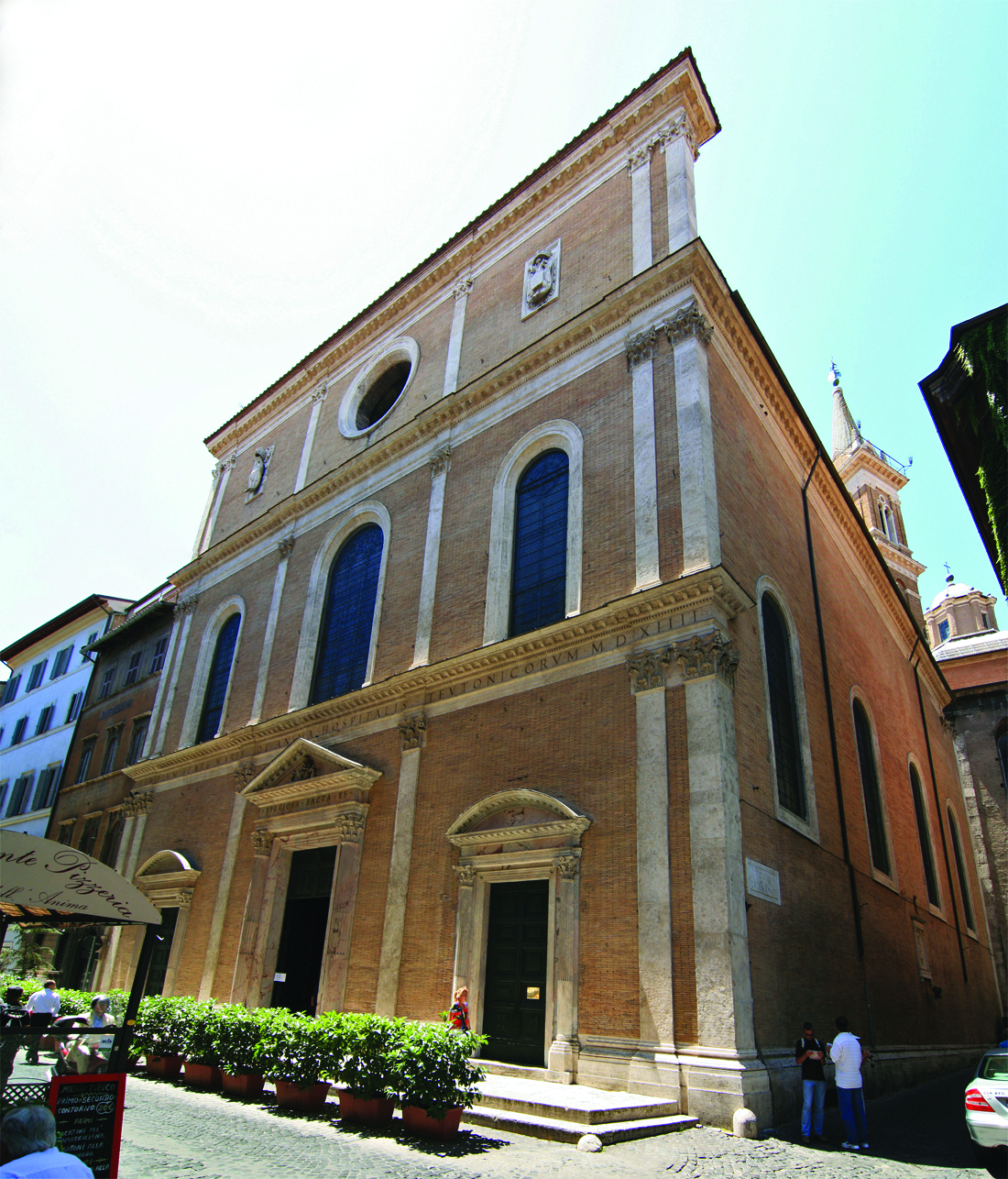
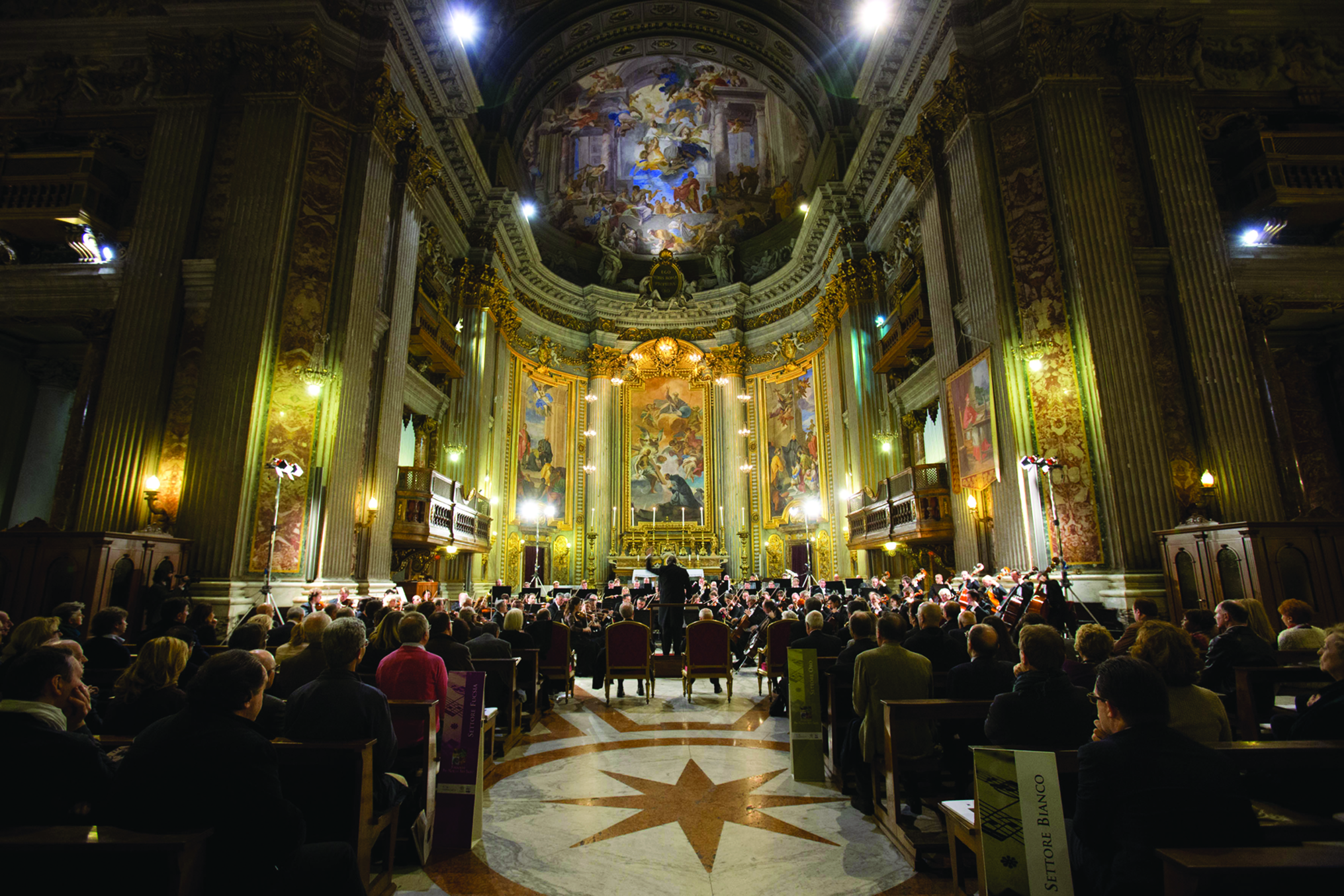
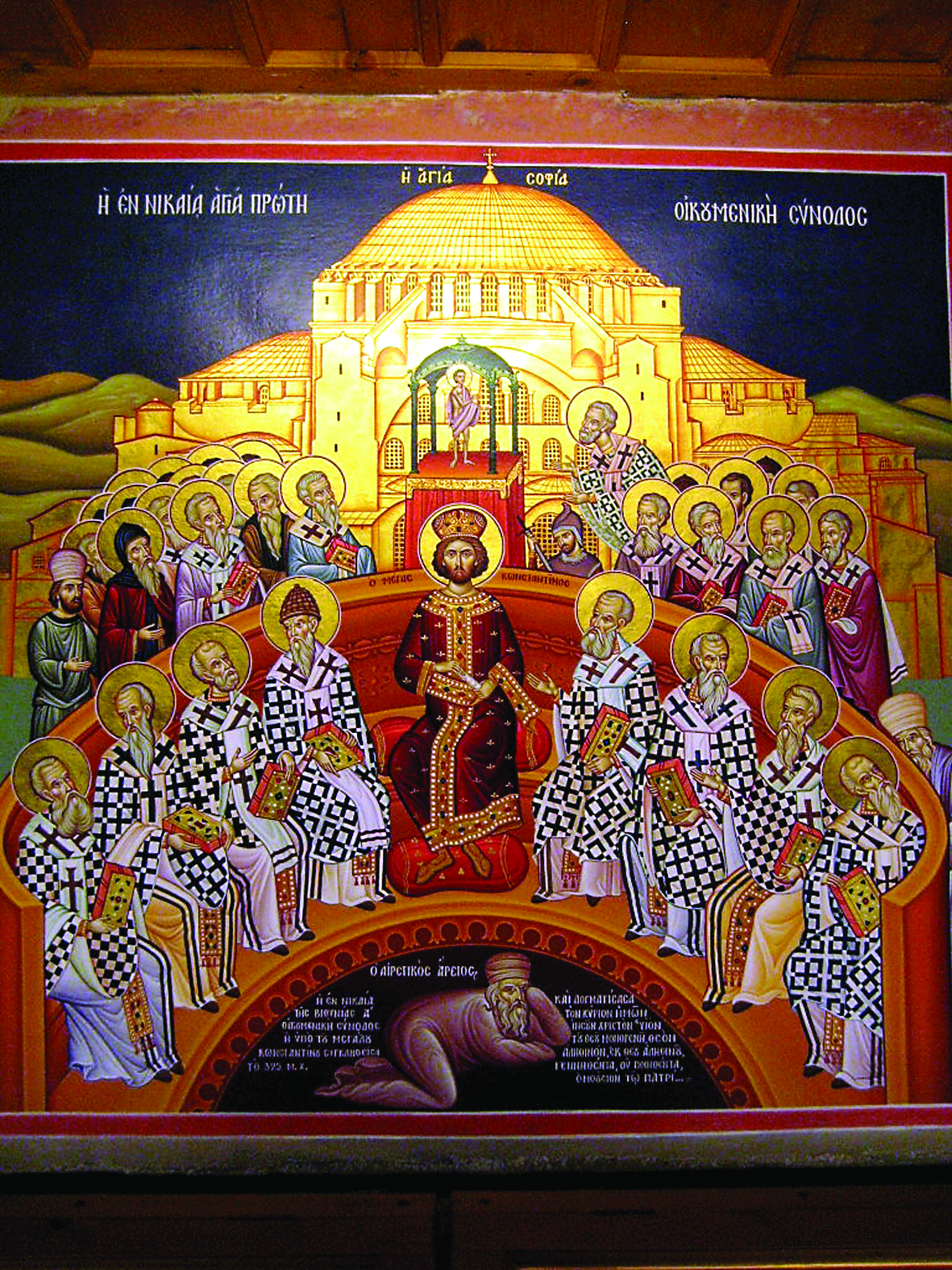
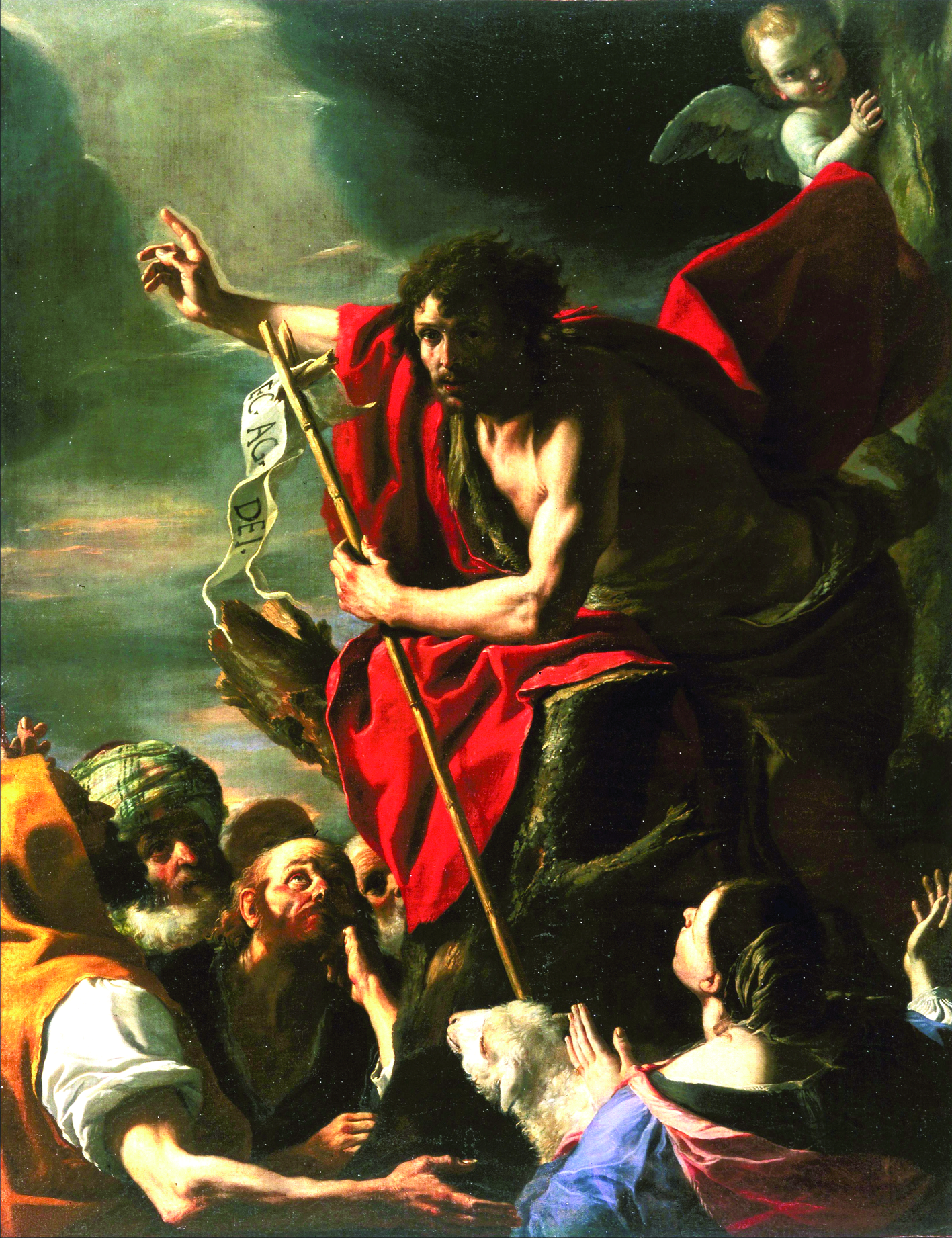
Facebook Comments